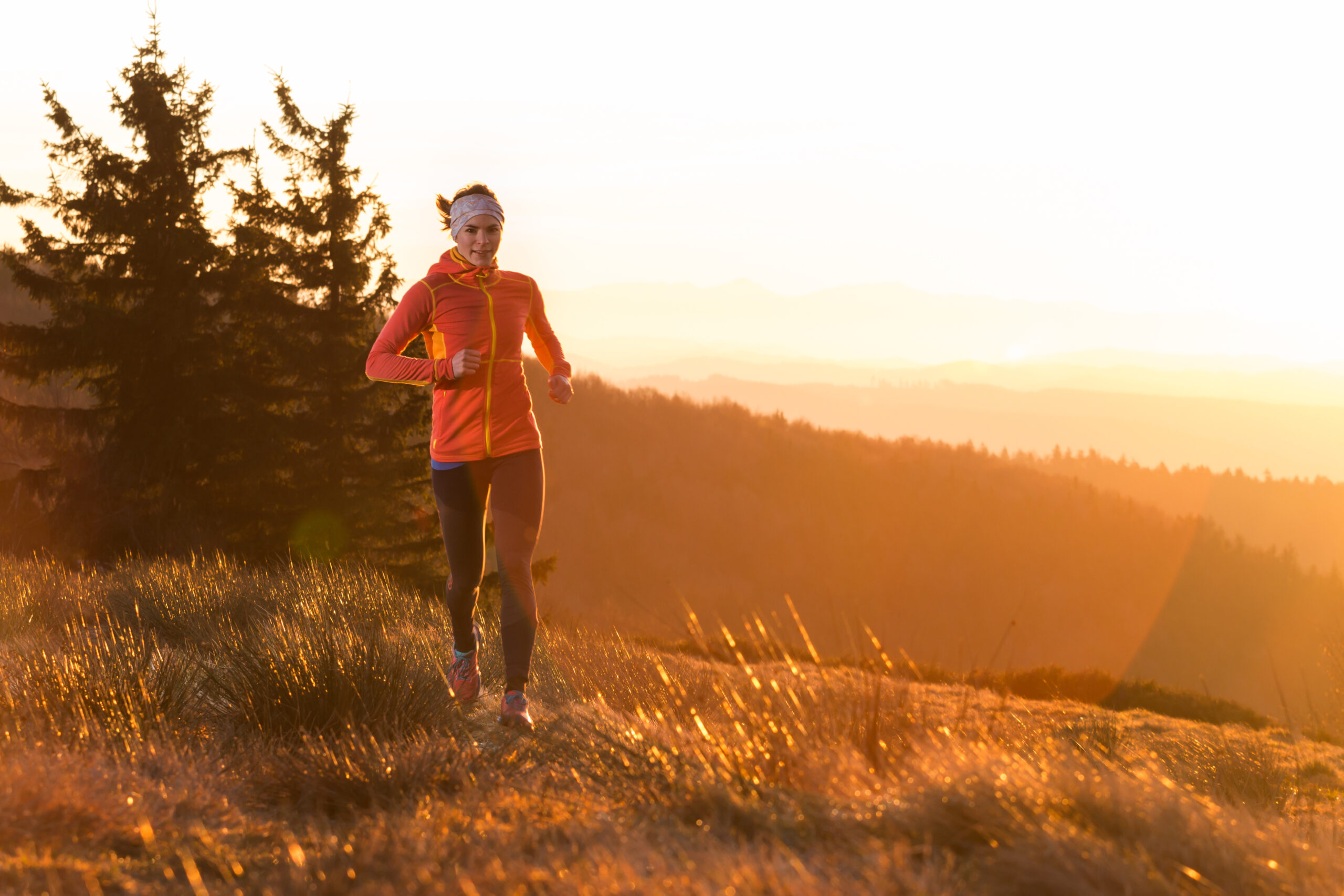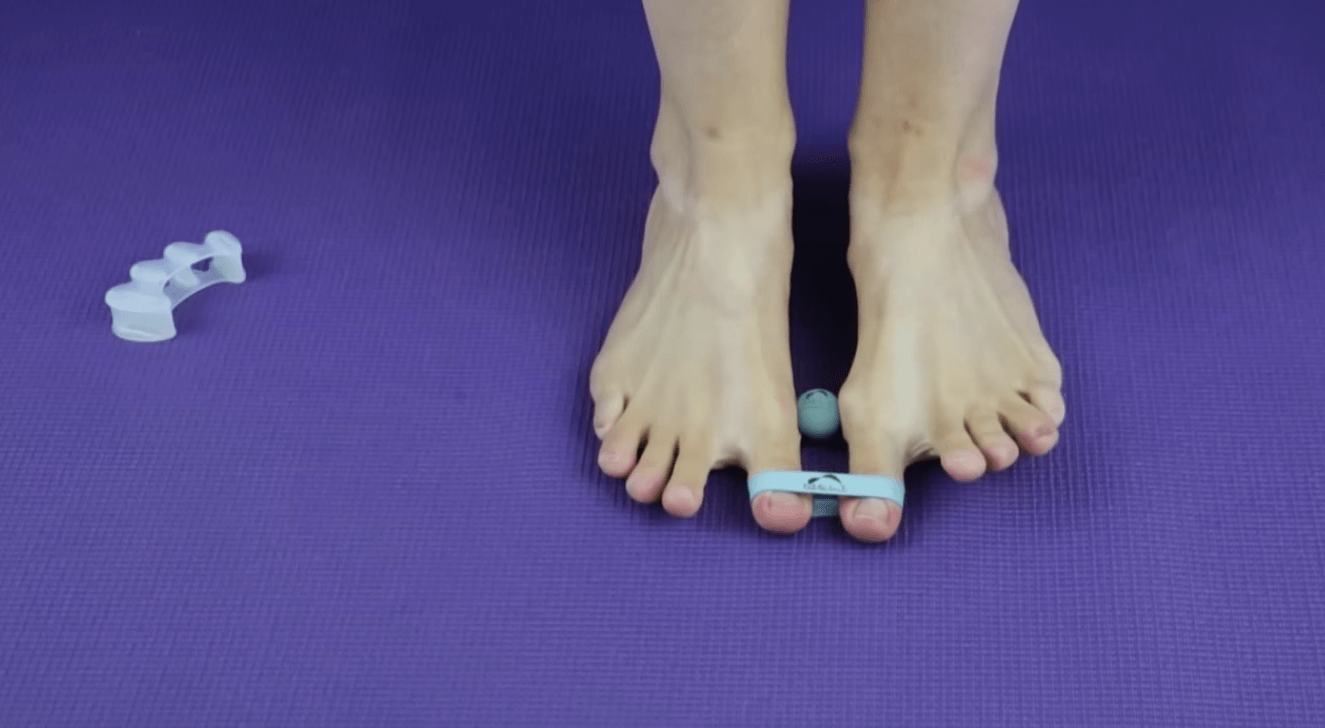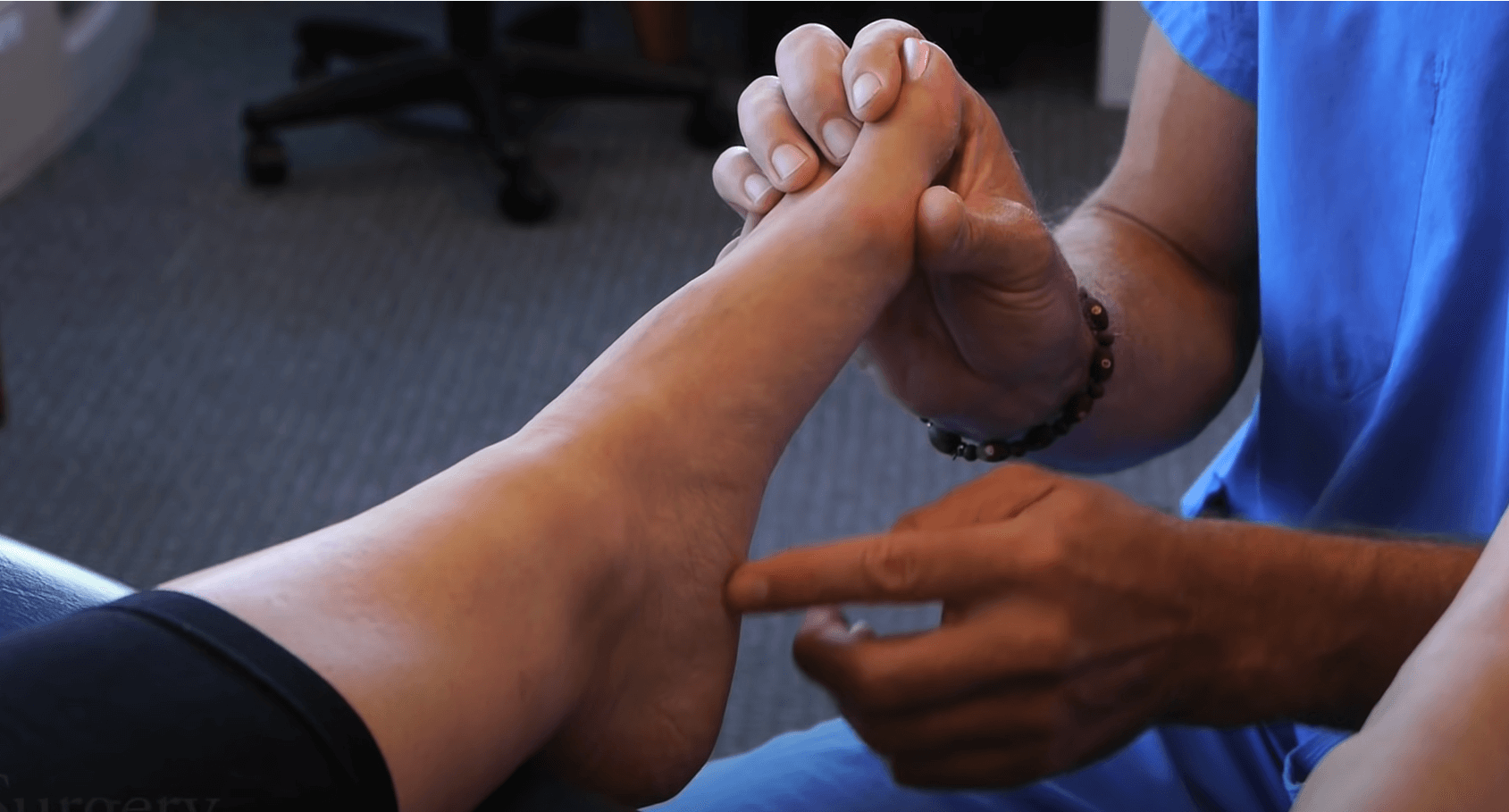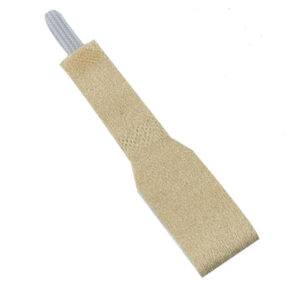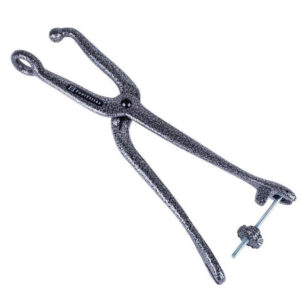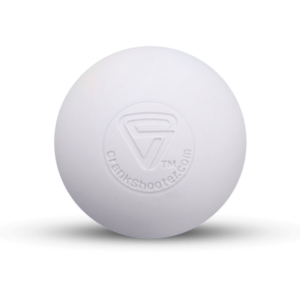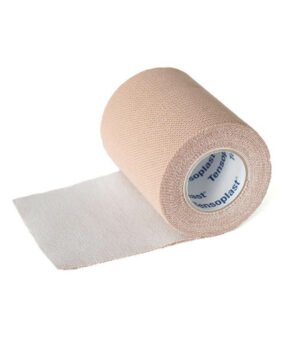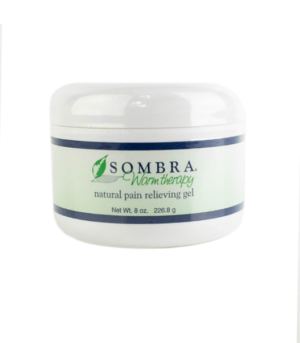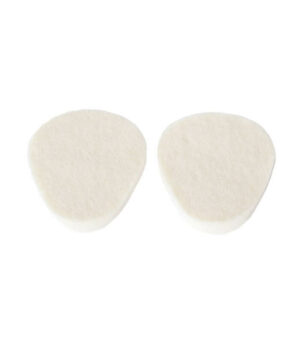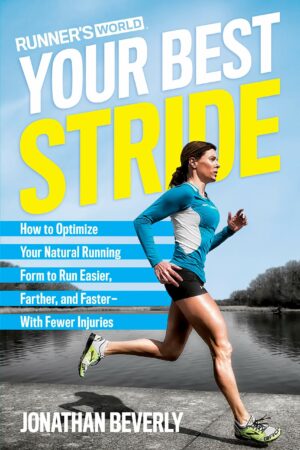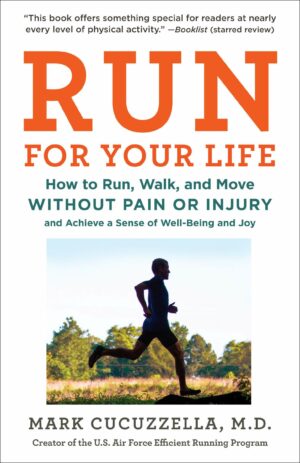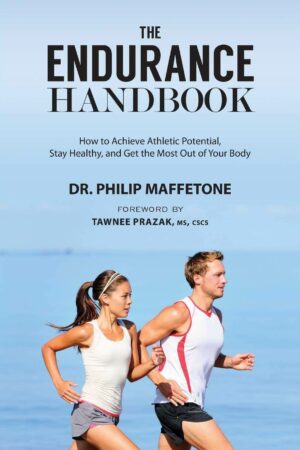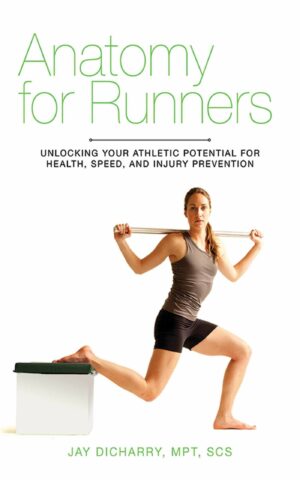Running and bunions are unfortunately all too common. Most conventional running shoes on the market are very narrow with a tapered toe box that squeezes the toes together. Every stride a runner takes in a shoe that squeezes the toes together will encourage the toes to stay that way.
Bunions are a common foot deformity that can affect anyone, including runners. A bunion is the progressive dislocation of the big toe towards the other toes, caused by narrow footwear with a tapered toe box. This big toe deviation can cause pain and discomfort, especially during running. Running with bunions may also have an unfavorable effect on your running form. Here are some ways that a bunion can affect you while running.
- Altered Footstrike — When you have a bunion, your footstrike may change. Instead of landing on your heel or midfoot, you might land on the outside of your foot to avoid putting pressure on the bunion. This can affect your gait and make your running form less efficient by not using the whole foot to absorb impact forces from the ground.
- Reduced Push-Off — Bunions can also reduce your ability to push off from your big toe, which is essential for a strong and efficient stride. The big toe is much stronger than the other toes, bearing about 40% of the load, and is the last part of the foot to push off the ground before taking the next step. Without a strong push-off, you may find it more challenging to maintain your speed and endurance.
- Balance Issues — Bunions (any toe deformity really) can cause instability in your foot, which can lead to balance issues. This instability can make it harder to maintain your running form and increase your risk of falls or other injuries. A less functional big toe puts more stress on the rest of the foot to maintain stability.
- Pain and Discomfort — Running with a bunion can be painful and uncomfortable. The constant impact of your foot hitting the ground can exacerbate the pain and make running even more challenging. Over time, a big toe that constantly moves in a misaligned position will cause irritation and inflammation of the big toe joint, possibly leading to cartilage loss and arthritis.
So, what can you do if you have a bunion and want to continue running? Here are some tips for running with bunions and how to prevent bunions from getting worse.
- Correct Toes — Use a toe spacer that appropriately positions the big toe back into its natural anatomical alignment as Correct Toes does. Correct Toes help with the realignment of your big toe and engage the proper muscles needed to fully engage the big toe and reverse a bunion. Correct Toes come in four different sizes and are further modifiable to help create the best fit and the best alignment possible. Be wary of “one-size-fits-all” types of toe spacers that might not actually fit your foot or anatomically align the toes.
- Wear Healthy Shoes — Healthy shoes are shaped like healthy feet, meaning they’re widest at the ends of the toes and flat. Look for shoes with a toe box wide enough to accommodate a bunion and a natural wide toe splay to help reduce shoe pressure on the affected area. Many shoes that are marketed as “wide” are only wide throughout the midfoot, but actually, still taper and squeeze the toes together. The Correct Toes Shoe Review page is a great resource for people looking for running shoes for bunion relief. Check out the Correct Toes Shoe Store for more options.
- Stretch and Strengthen — Stretching and strengthening exercises can help improve your toe, foot, and ankle flexibility and strength, which can improve your running form and reduce pain. Some of our favorite exercises include the bunion stretch and soft tissue release, the toe extensor stretch, and our 5 foot strengthening exercises.
- Progress Slowly and Take Breaks — Don’t push yourself too hard. Take breaks when you need them and give your body time to rest and recover. Active recovery is never a straight line. Changing the shape of your feet requires effort and isn’t always comfortable. Listen to your feet and be prepared for small setbacks, but don’t lose sight of your foot health goals.
- Prevention — Of course, the best bunion treatment is to prevent them in the first place. Bunions are not hereditary, so wearing healthy footwear with a toe box that is the widest at the ends of the toes is an absolute MUST when it comes to how to prevent a bunion. Using Correct Toes and incorporating foot and toe exercises into your routine are also great ways to stave off bunion formation.
A bunion can affect your running form, but it doesn’t have to stop you from running altogether. With the right shoes, the use of Correct Toes, exercises, and rest, you can continue to enjoy running while minimizing pain and discomfort. If you experience severe pain or other symptoms, be sure to consult with one of our podiatrists for proper diagnosis and treatment. You can make an in-person or virtual appointment at Northwest Foot & Ankle by emailing us at the following address: holly@nwfootankle.com.
Written by: Dr. Andrew Wojciechowski, ND
If you’re seeking more individualized foot health care and would like to work with Dr. Andrew directly, you can schedule at Northwest Foot and Ankle.
Schedule a virtual remote consultation with Dr. Andrew Wojciechowksi, ND.
Schedule an in-person appointment with Dr. Andrew Wojciechowski, ND at Northwest Foot & Ankle in Portland, OR.


